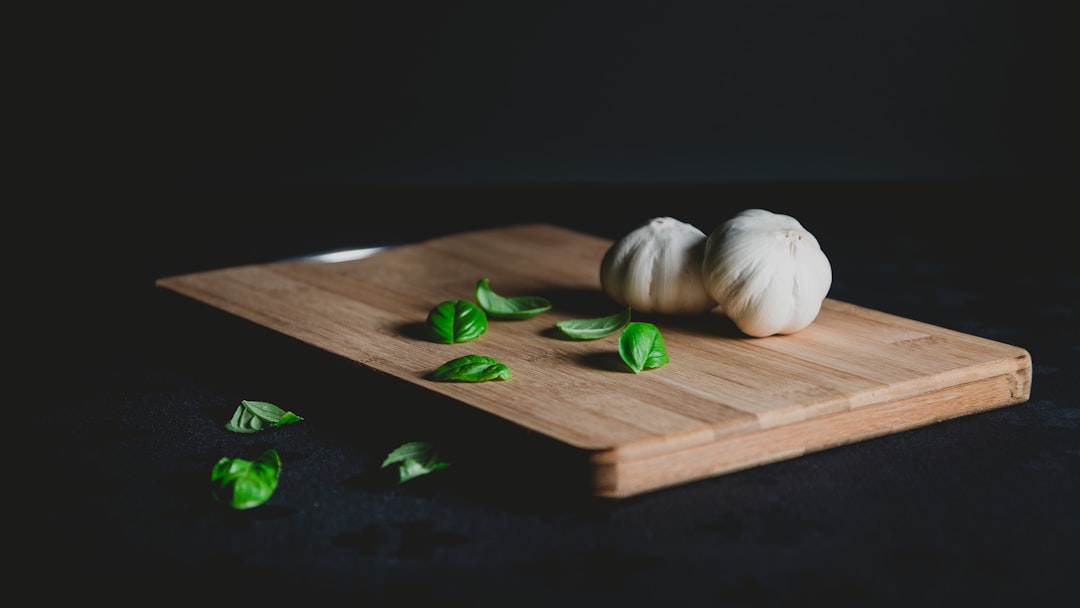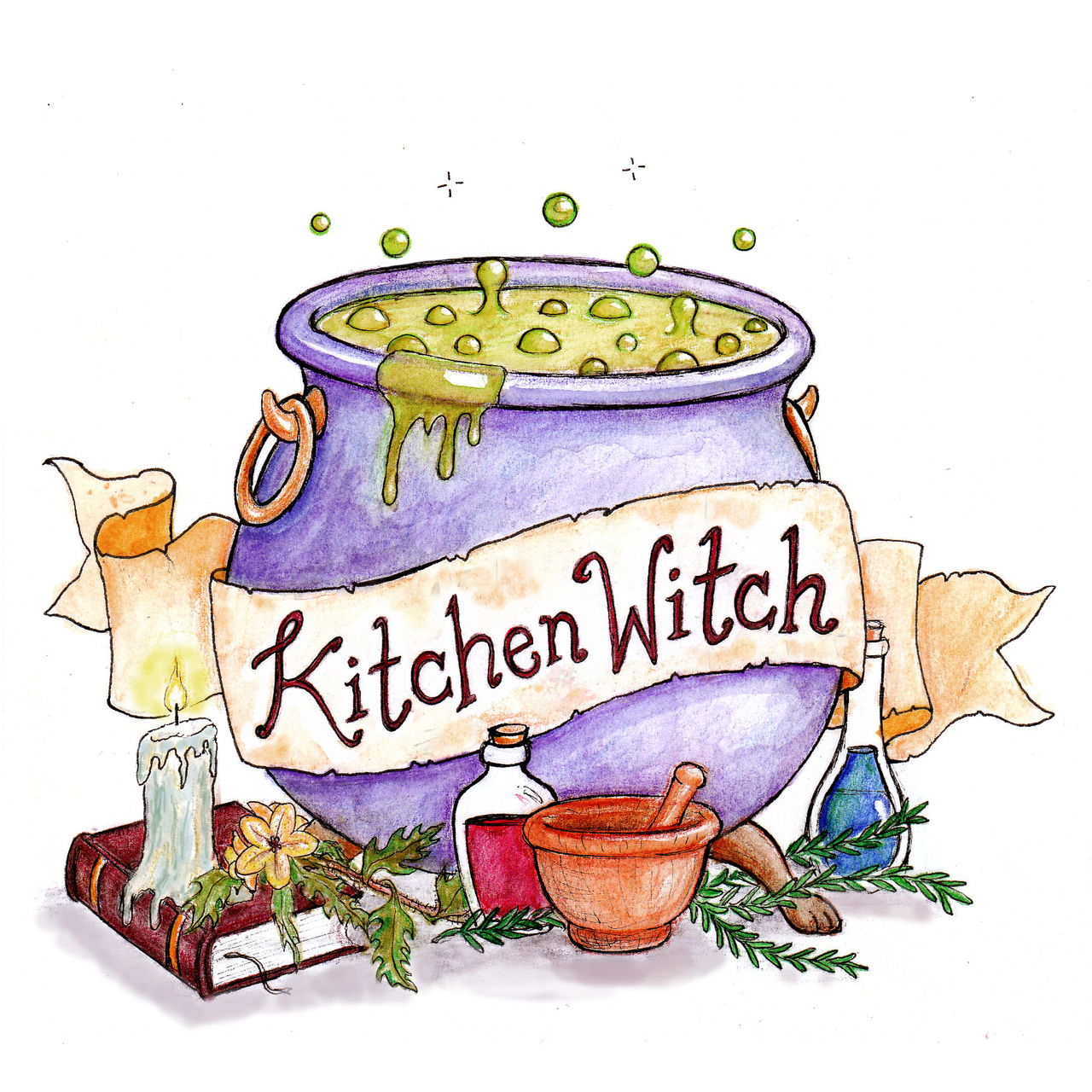Hello, wonderful witches!
Every year, my neighborhood in Chicago hosts the Renegade Craft Fair, a fabulously fun event celebrating local creatives. This past weekend’s event had something I’d never seen before: kiss-print reading. You’d put on lipstick, kiss a card, and then reader Siomai Moore would read the print like someone analyzing your handwriting.
It was so interesting, and also scarily accurate. Here’s what I got:
If you know me even a little, you’ll know just how stubborn and opinionated I am… in addition to all the wonderful things my print conveyed, of course. The print is just a snapshot of the day I got it, so I can’t wait to do another one the next time I see her out!
Today’s article is not about kiss-prints at all, but about hosting a Deipnon to serve your community and the dead. Enjoy!
Deipnon for the Dead (and Hecate and the Living)
By Siobhan Ball

Once a month in ancient Athens, each family would serve a special supper at the crossroads where the street met their house. Laid out in honor of Hecate on the dark of the moon, this meal served two groups of people: the impoverished living and the uncared-for dead. As a champion of the marginalized, this was one of the ways that Hecate ensured that at least some of their needs were met, demanding the well-heeled citizens provide for her people at least once a month on penalty of impurity and ill luck. Known as Hecate’s Deipnon, literally Hekate’s dinner or evening meal, the dead would feast on the essence of the food while the living would then nourish their bodies by eating its physical form.
I’ve written before on ways to translate the essence of the Deipnon into the modern world, as provision for the poor and homeless has evolved beyond leaving plates of food in front of our houses once a month. Giving to a food bank; making and delivering food to poor or sick people unable to cook for themselves; or simply giving what you can no matter how small, remain an integral part of properly honoring the goddess and the soul of her festival. But this time, because this is Kitchen Witch, I’ll be focusing on the food and constructing a menu to celebrate Hecate and feed the souls of the dead at your own dinner table.
Catering to the tastes of the dead, much of the food traditionally included in Hecate's Deipnon was strong-smelling. Fish, leeks, garlic, and eggs all sat on her offering plate, along with bread or cakes made from local grain, both a staple food and connected to the underworld via Persephone, the corn maiden and goddess of the dead who delegated governance of the underworld to Hecate in her summer absence. Oil and wine would be included as well, the traditional libations laid at family tombs throughout the year and offered up to the orphaned dead once a month on the dark of the moon.
Some modern dedicants like to light incense for Hecate and her dead rather than laying out a meal, the idea being that a strong, pleasant smell is all that matters rather than its origin. I think lighting incense or a scented candle, particularly something with an intense, food-based scent like orange and basil, is a good way to start the ritual — something like an appetizer for the goddess and the spirits as you prepare the rest of the meal, and a way to set your intentions and get in the right frame of mind.
My ideal Deipnon is really a summer (or at least hot weather) meal, and very simple to make: Smoked and peppered mackerel laid over a green salad tossed in olive oil and vinegar, with thin sliced pickled red onions, crumbled feta, and halved boiled eggs. Add a roasted head of garlic and bread to spread it on, with a nice bottle of Greek wine, and you have all of Hecate’s food groups laid out on your table.
Roasted Garlic
Ingredients
As many heads of garlic as you please
Olive oil
Directions
Cut the tops off the heads of garlic, cover them in oil, and place them on a baking dish.
Roast them for 25 minutes at 400 degrees F.
Once you’ve removed them from the oven and allowed them to cool enough to touch, you can just squeeze the roasted cloves out of the papery shell and spread them on bread.
Quick Pickled Onions
Ingredients
Water
Vinegar
Salt
Red Onions
Whole Black Peppercorns
Directions
These will need to be made at least a couple of days before you want to eat them and will keep in the fridge for a few weeks. Make sure you sterilize the jars properly before using them or chances are you might get sick. These pickles have to be stored in the fridge as there’s no canning process involved, and storing them at room temperature will allow harmful bacteria to breed.
Make a mixture of equal parts water and vinegar. I prefer to use plain white vinegar for onions but apple cider vinegar or white wine vinegar will also work. Add a tablespoon of salt for every two cups of liquid.
Heat the mixture on the stove while stirring until the salt has fully dissolved and then allow to cool.
Slice the onions thinly and place them in a jar with a pinch of whole black peppercorns, then slowly pour the liquid mixture over the onions. Make sure to stir the vegetables with a fork to ensure equal coverage, that there are no air pockets or bubbles beneath the surface, and that there's no more than a half-inch of air left below the lid when you seal the jar.
Finally, place in the fridge and allow the flavors to sink in.
Leek, Onion, and Garlic Soup
For autumn and winter Deipnons, a mixed allium soup is a warming and comforting way to nourish yourself and satisfy the tastes of the dead.
Ingredients
6 cloves to a whole head of garlic
1 large or 2 medium leeks
1 large white or yellow onion
Olive Oil
Vegetable stock
Thyme
Bay Leaf
White Pepper
Directions
Roast the garlic as above and set aside half a head to a whole head for the soup.
Carefully wash and then thinly slice the leeks and dice the onion. Slowly fry the onion and leek together in some olive oil, until the onion turns translucent and the leek has softened.
Then, pour over the vegetable stock and add a pinch of thyme, the bay leaf, and the pepper to taste. Bring the liquid up to a simmer.
Squeeze the garlic cloves free from their skins, mash them, and add them to the soup, stirring until they’ve fully dissolved into the liquid.
Cook for a further 10 to 30 minutes, until the flavors have fully developed, adding salt to taste if necessary. If you prefer your soups smooth, then fish out the bay leaf and blend to a creamy consistency, but if you're like me and prefer a rustic texture, serve as is.
Follow the soup up with a fish dish of your choice, or if you’re vegetarian or vegan, bulk the soup out with potatoes to make it a filling meal all on its own.
Siobhan is a journalist, medieval historian, and jeweler who lives in Scotland with her wife, their cat and too many plants. Follow her on Twitter and Instagram at @SiobhanFedelm.
In the next issue…
The next newsletter will have… well, I’m not sure yet. We’ll find out together!
See you then!




